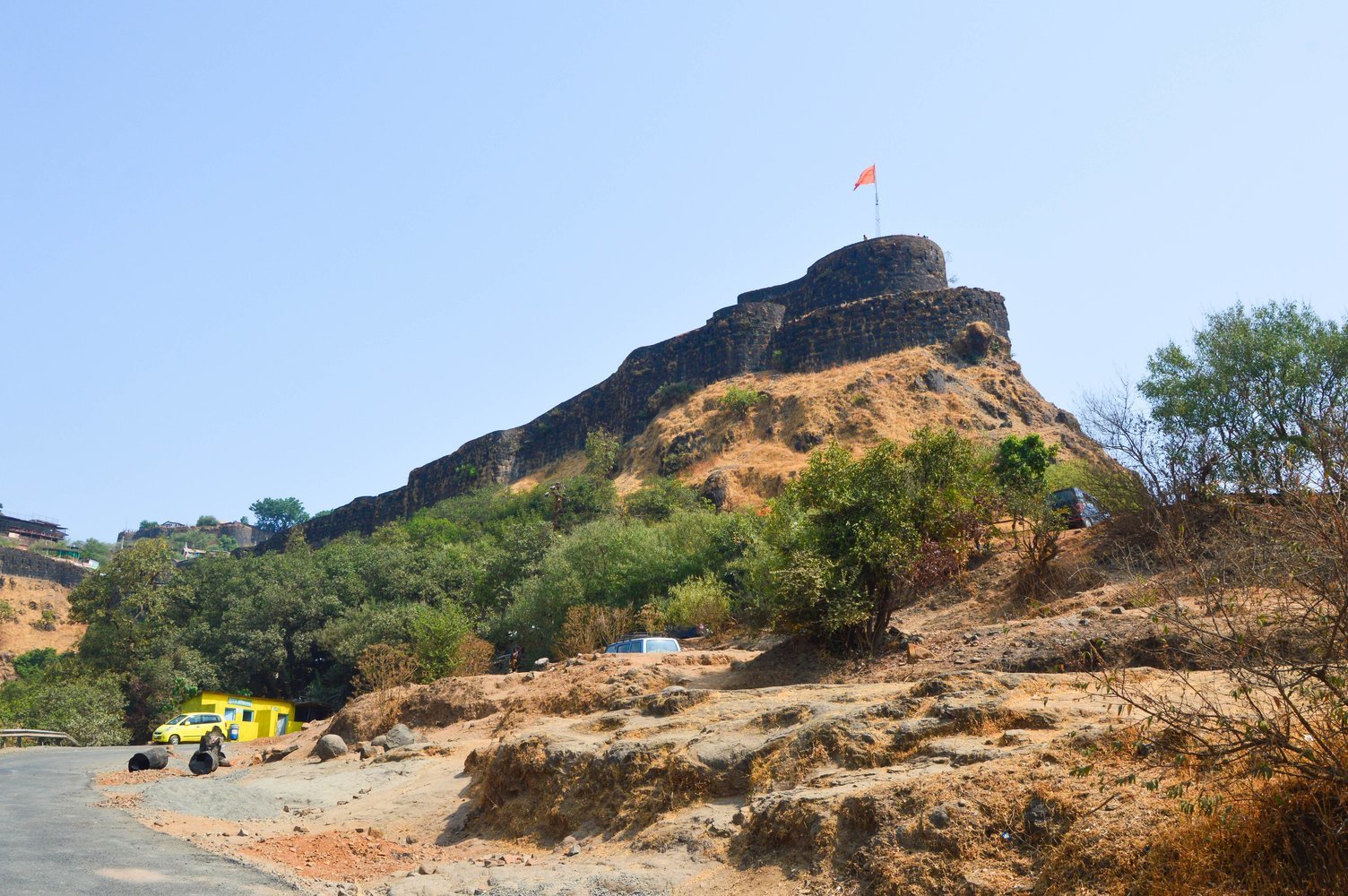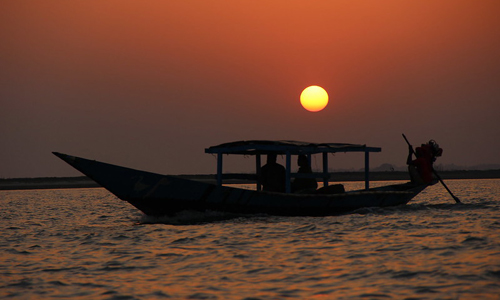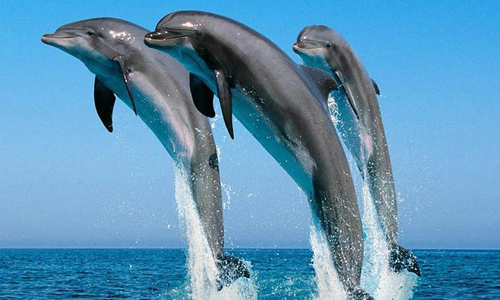Along with all the magnificent places to visit in chilika, tourists also include Chilika Lake & Sanctuary in various Chilika Tour Packages. Chilika Lake is considered the largest brackish water lake in India indeed. Salty in nature, the lake spreads across the Ganjam, Puri, and Khurda districts of Odisha. Chilika Lake is also popular for welcoming migratory birds every year. It is one of the major tourist attractions of Odisha and the best time to visit this natural beauty is during winters as around 225 species home in the Chilika Lake during winters.
Located in Odisha, the Chilika Lake & Sanctuary is Asia's biggest internal saltwater pond, though. Spotted with tiny islands, it is also famously called the Honeymoon islands, which extends diagonally to an 1100 sq. km area. A spectacular variety of birds, including residential and migratory, makes it one of the best places for bird watching. Major birds of the Sanctuary are white-bellied sea eagles, purple moorhen, Greylag Geese, Jacana, Flamingos, and Herons. Chilika sanctuary is one of the biggest breeding places for Flamingos in the world as well. Apart from the wide variety of birds, Chilika lake & Sanctuary is home to numerous wild animals such as the Golden jackals, Blackbucks, Spotted Deer, and Hyenas. Apart from the wide variety of flora and fauna, Chilika lake is also very popular for its dynamic sunrise and sunset views indeed.
Chilika Lake and Sanctuary birds list
There are currently 147 species in the Chilika lake & Sanctuary, out of which ten are threatened species. The annual bird census of Odisha concluded that a total of 10,47,868 belonging to the 147 species had visited Chilika lake in the year 2018.
Major visiting species in the Chilika lake are:
White-bellied sea eagles
Purple Moorhen
Greylag Geese
Flamingo Jacana
Herons
Northern Pintails
Little Cormorants were the most spotted in the lake, which amounted to around 4762, followed by Asian Openbill Storks around 4681, Little Egrets around 3103, Cattle Egrets around 3103, House crows around 2863, Pelicans around 150, and Flamingos around 60 indeed.
Due to the impact of the novel Coronavirus (COVID-19) pandemic, ornithologists recorded a few more winged guests to the lake last winter. Migratory birds did not face any problems during their flight because of the suspension of all commercial and private flights and vehicles in order to contain the spread of the novel Coronavirus (COVID-19). The birds mostly come from beyond the Himalayas, Russia, Eurasia, Siberia, Kazakhstan, and some more neighbouring countries, and they start their journey back to their home before the onset of summer. While pelicans start their journey back home with the onset of monsoon, the Flamingos, however, choose to stay at the lake.






